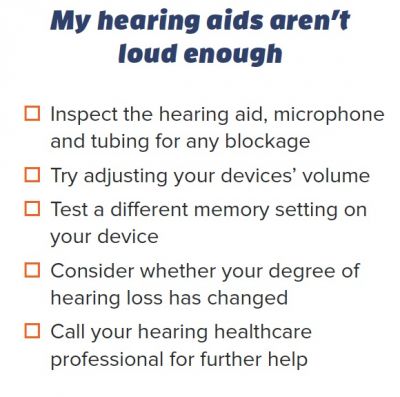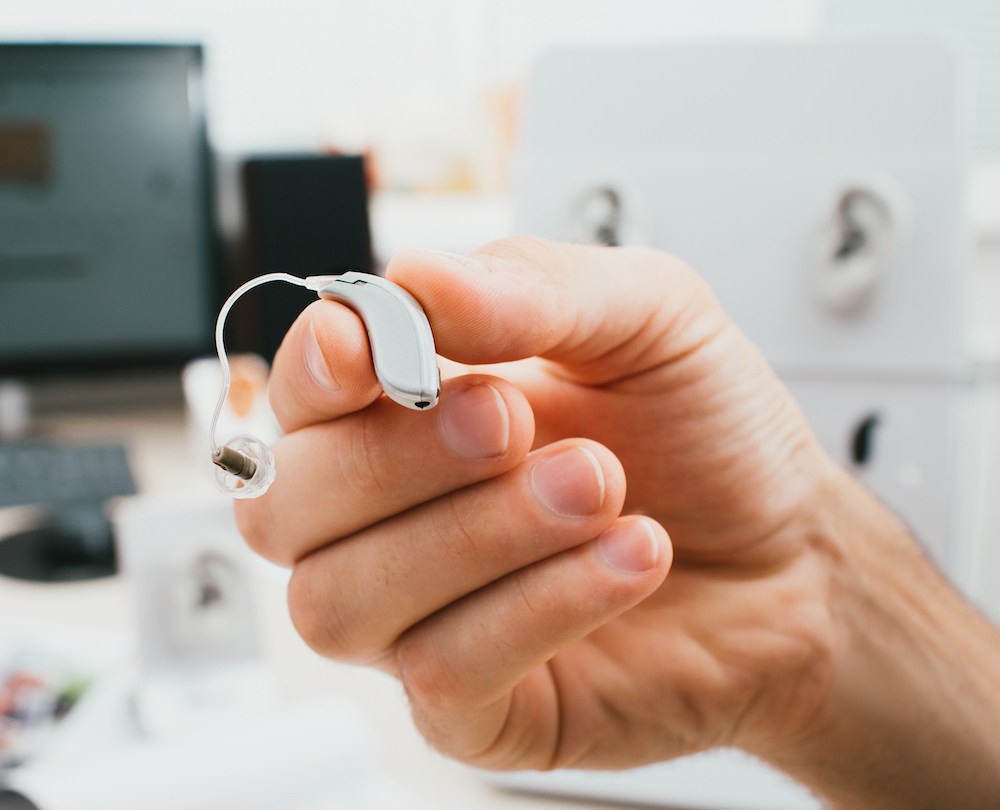How Wearable Tech is Merging with Hearing Aids
Decades of research have revealed a clear link between hearing loss and

By: admin | November 3, 2015
Hearing aids are the most common treatment for hearing loss. Millions of individuals wear these miniature, custom-fit, digitally programmed and personalized hearing solutions every day. If you’re one of the millions who rely on hearing aids to keep you in the conversation, you know how important it is to quickly identify and troubleshoot problems. We’ve listed the four most common user issues with hearing aids and included checklist for troubleshooting each of them. For ease of use, we ordered the checklists with the simplest fixes at the top. If you’re not able to fix your hearing aids yourself, you may need to see a hearing care professional to find out what to do to get your hearing aids repaired.
If you’ve tried to troubleshoot and your hearing aids still aren’t working, see a hearing healthcare professional for assistance. They may be able to fix the issue in the office on the same day. If one or both of your hearing aids need factory repairs, your hearing professional can take care of that for you as well. Reprinted with permission from www.healthyhearing.com. Please visit our site for the original article: https://www.healthyhearing.com/report/50736-Troubleshooting-common-hearing-aid-problems
Tags: common hearing aid malfunctions, hearing aid maintenance tips, hearing aid repair

Decades of research have revealed a clear link between hearing loss and
By: admin | March 26, 2024

Getting your hearing aid fitted can take anywhere from 30 minutes to an
By: admin | December 11, 2023

Finding the right hearing instrument specialist (HIS) is one of the most
By: admin | November 12, 2023
